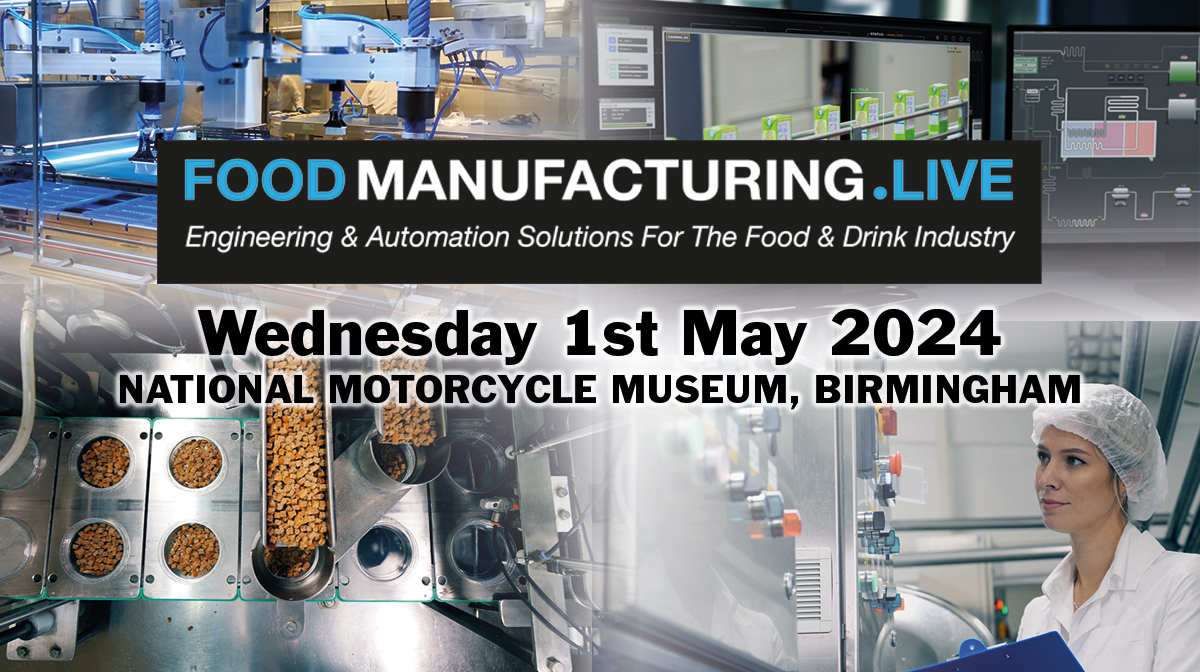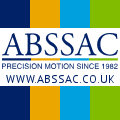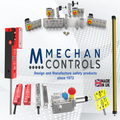
Posted to News on 25th Mar 2024, 15:00
The role of reliable DC motors in medical technology
In response to rising pressures on the healthcare sector, a new Government initiative seeks to allow UK patients faster access to innovative medical devices. Essential to many MedTech devices lies an electronic drive system, but how can we ensure its up to scratch? Here, Dave Walsha, sales manager at drive system supplier EMS explores.

The UKs healthcare sector has continued to struggle in 2023 amidst staff shortages, increased demand and industrial action. NHS waiting lists reached a staggering 7.75 million in October, with forecasts suggesting this figure could rise to 8 million patients by next summer.
To alleviate some of the challenges faced by the NHS, the Government has introduced the Innovative Devices Access Pathway (IDAP) pilot. Backed by 10 million of Government funding, the IDAP will provide medical device designers and manufacturers with specialist guidance in order to accelerate their product through regulatory processes. Ultimately, the initiative aims to support rapid development of new technologies for eventual widespread adoption in the NHS.
The pilot marks an important milestone in the transformation of the countrys healthcare sector and comes at a time where support has never been more needed. So, what can we anticipate for the future?
Medicines future
Were likely to see growing implementation of AI. Though the potential of AI has been a hot topic across industry for some time, we still havent seen it on a mass scale in public healthcare. Medical imaging, for example, is currently a time-consuming process. Non-urgent patients typically must wait a couple of weeks to receive results, as each scan is often reviewed by more than one practitioner.
AI could play a vital role in streamlining this process, providing a second medical opinion without the time requirement of an additional person. And an AI continuously working on scans will also get more accurate over time, potentially enabling earlier detection of disease.
Surgical robotics might also see a similar breakthrough. Robotic surgery has been found to offer huge benefits, including improved safety and a recovery time shortened by up to 20 per cent. Despite this, theres still little available data on the presence of medical robotics in the UK. One study published back in 2020 counted just 61 robots across 48 NHS trusts, out of 149 that participated in the study.
Device development
For manufacturers who are looking to develop the next generation of medical devices, theres a lot at stake. Few other sectors require a level of life-or-death precision. One wrong move during surgery could have catastrophic consequences; likewise, a poor-quality patient scan could cause malignancies to be missed.
As a result, design engineers must ensure that all hardware meets desired requirements of safety, accuracy and longevity. Every single component must be scrutinized to ensure it is fit for purpose.
One area that requires careful attention is the electronic drive system. Any medical device that features some level of automation or motorisation will require a drive system to provide the necessary movement, whether its a multi-leaf collimator focusing a radiotherapy beam or an infusion pump delivering precision doses over time.
Delving into the drive system reveals a variety of different components. This typically includes one or more DC motors, which are vital in providing the necessary movement. Developments in DC motor technology offer new levels of performance, with high torques and control available from ever-decreasing sizes.
Brushless DC motors are a popular choice, offering a high torque to weight ratio and operating efficiency. Their lack of brushes means reduced wear and an extended service lifetime, ideal for the continuous operation required for many medical applications. It also means a reduction in vibration and noise, offering greater patient comfort.
Depending on the exact requirements of the application, its possible to customise the performance of the drive system further with the addition of other components. Applications requiring high positioning accuracy, for example, might benefit from the inclusion of an encoder. Encoders can provide precise feedback on the motors positioning, allowing for adjustments to be made accordingly. Other potential inclusions are the use of precision gearheads, as well as motion and speed controllers.
As the UK turns to technology to transform its healthcare services, designers and manufacturers must play their part. Engineering medical devices for the future is no mean feat, but taking advantage of the latest in electronics brings developers and patients one step closer to a healthier future.


















